Media Release
2022
News Release
New “vertical map” of airborne microorganisms indicates how global warming will impact global ecosystemsKIT meteorological tower in Karlsruhe, Germany


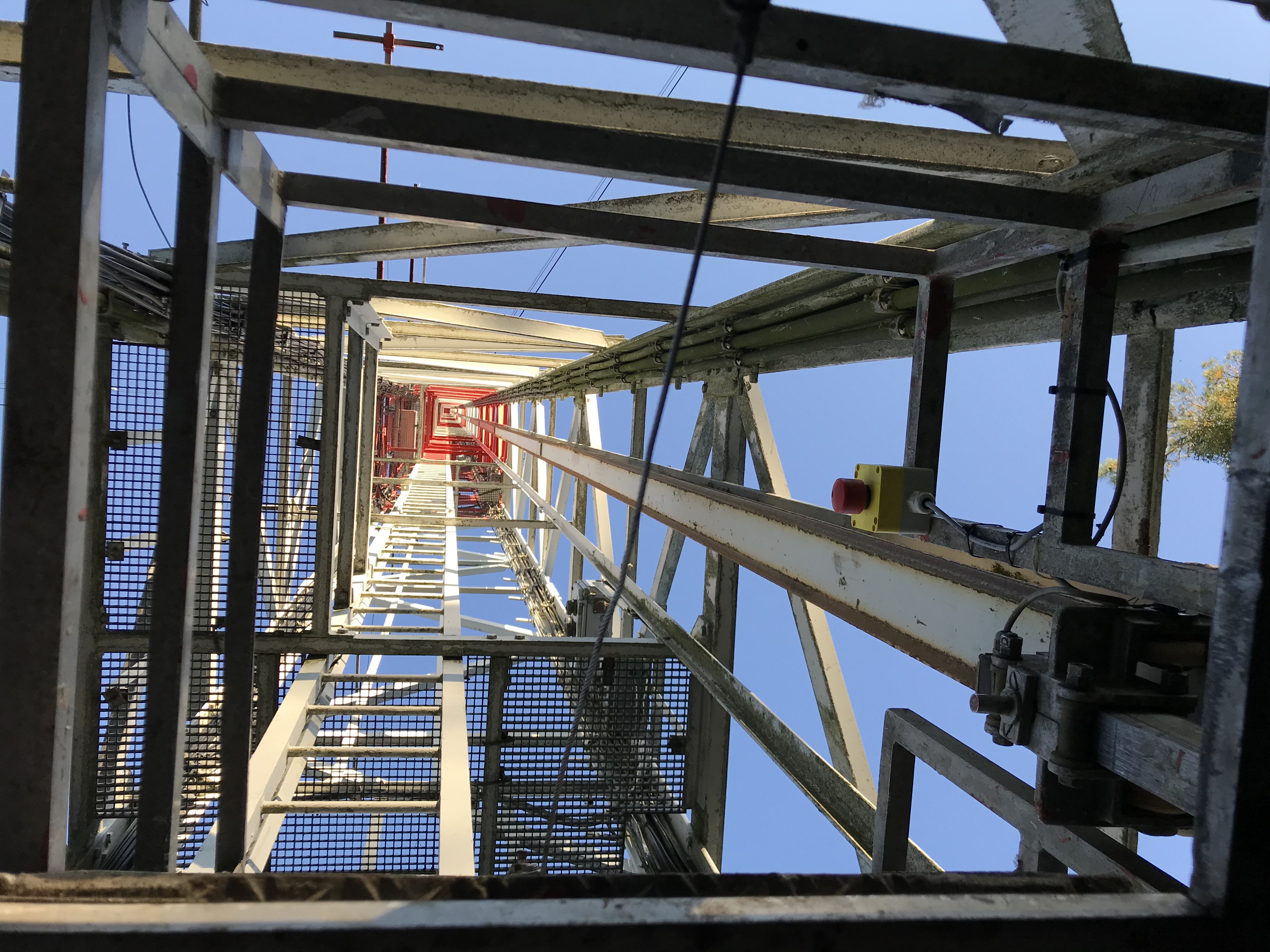

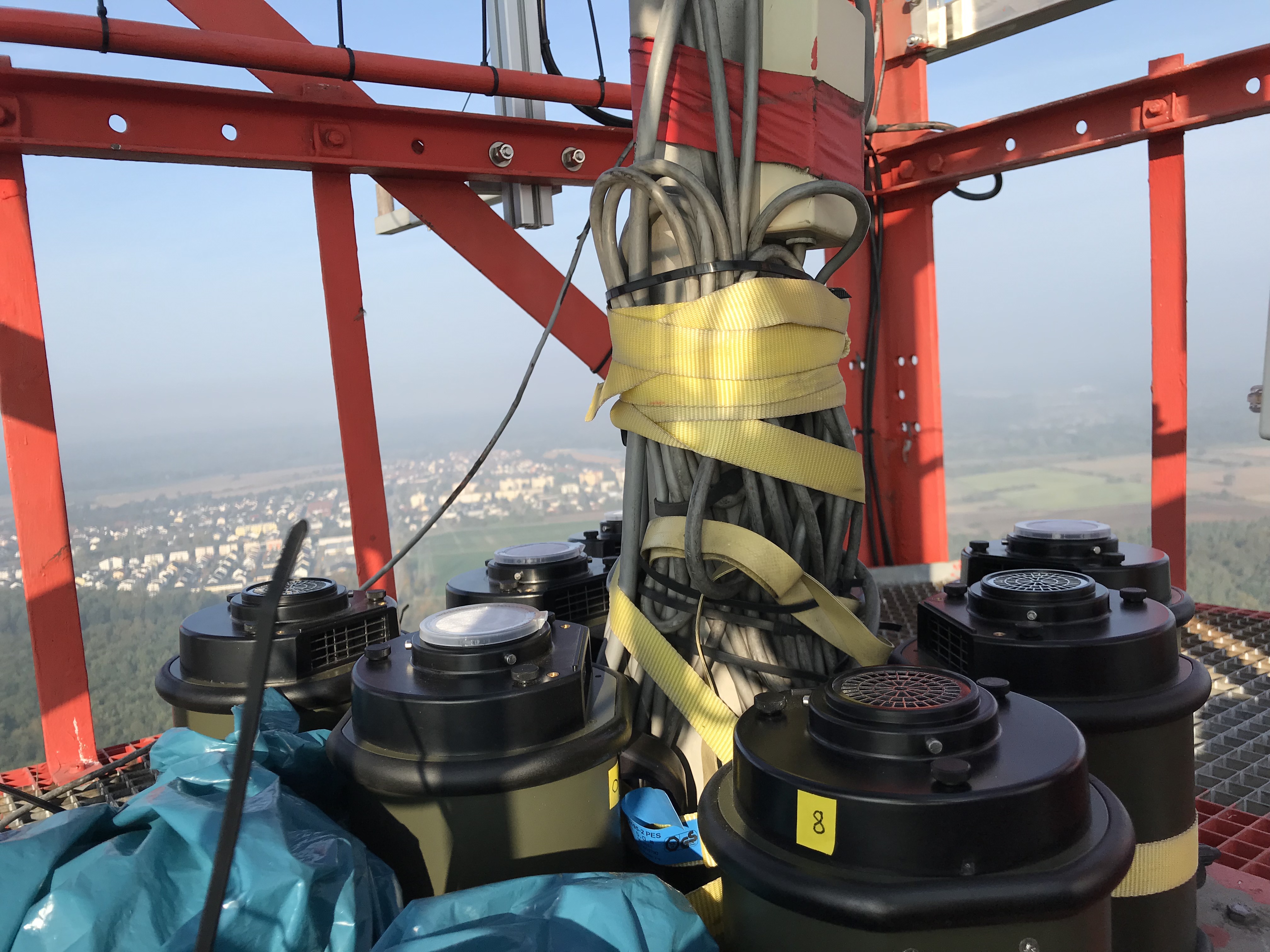
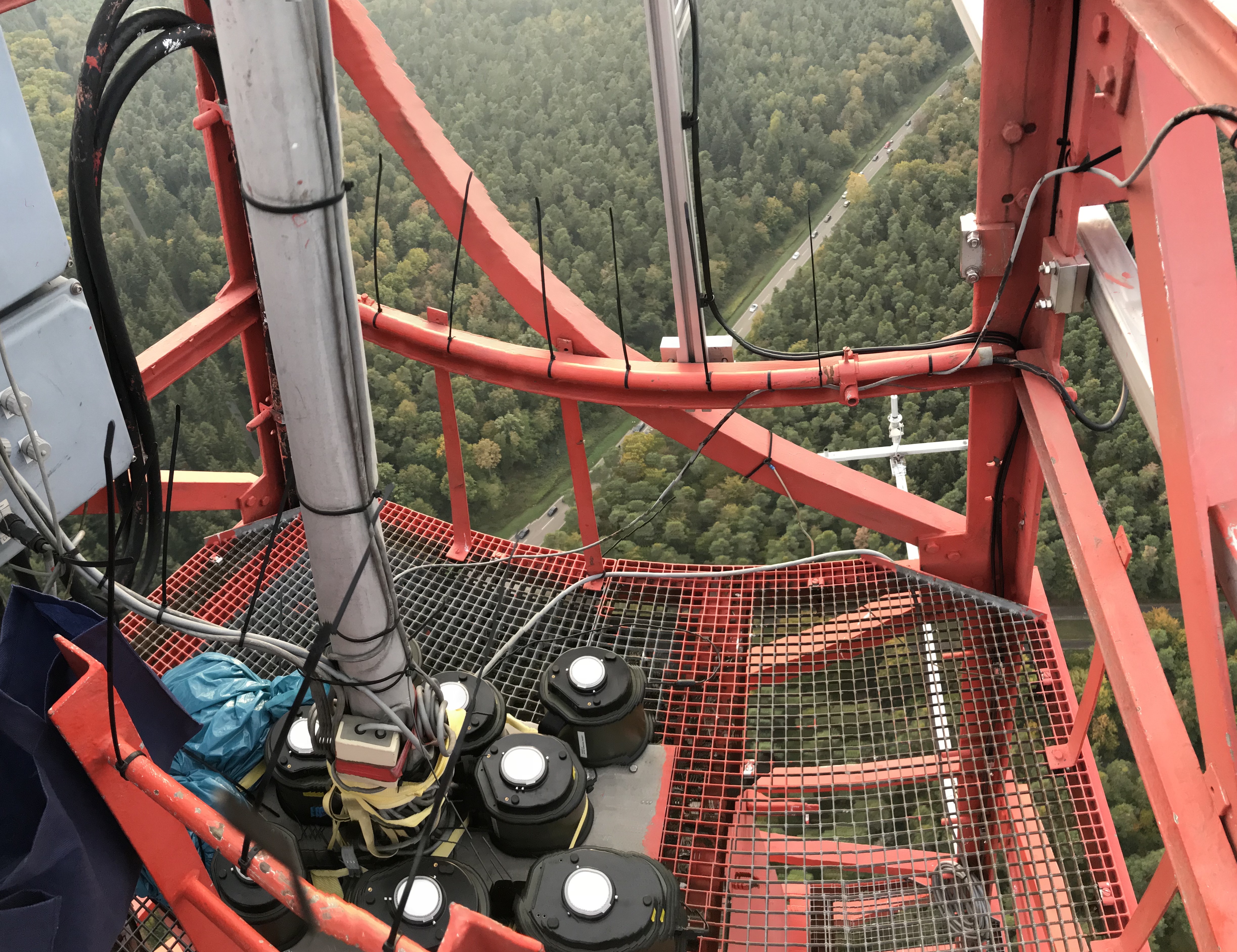


Research Aircraft - Dornier Do-128, Braunschweig, Germany
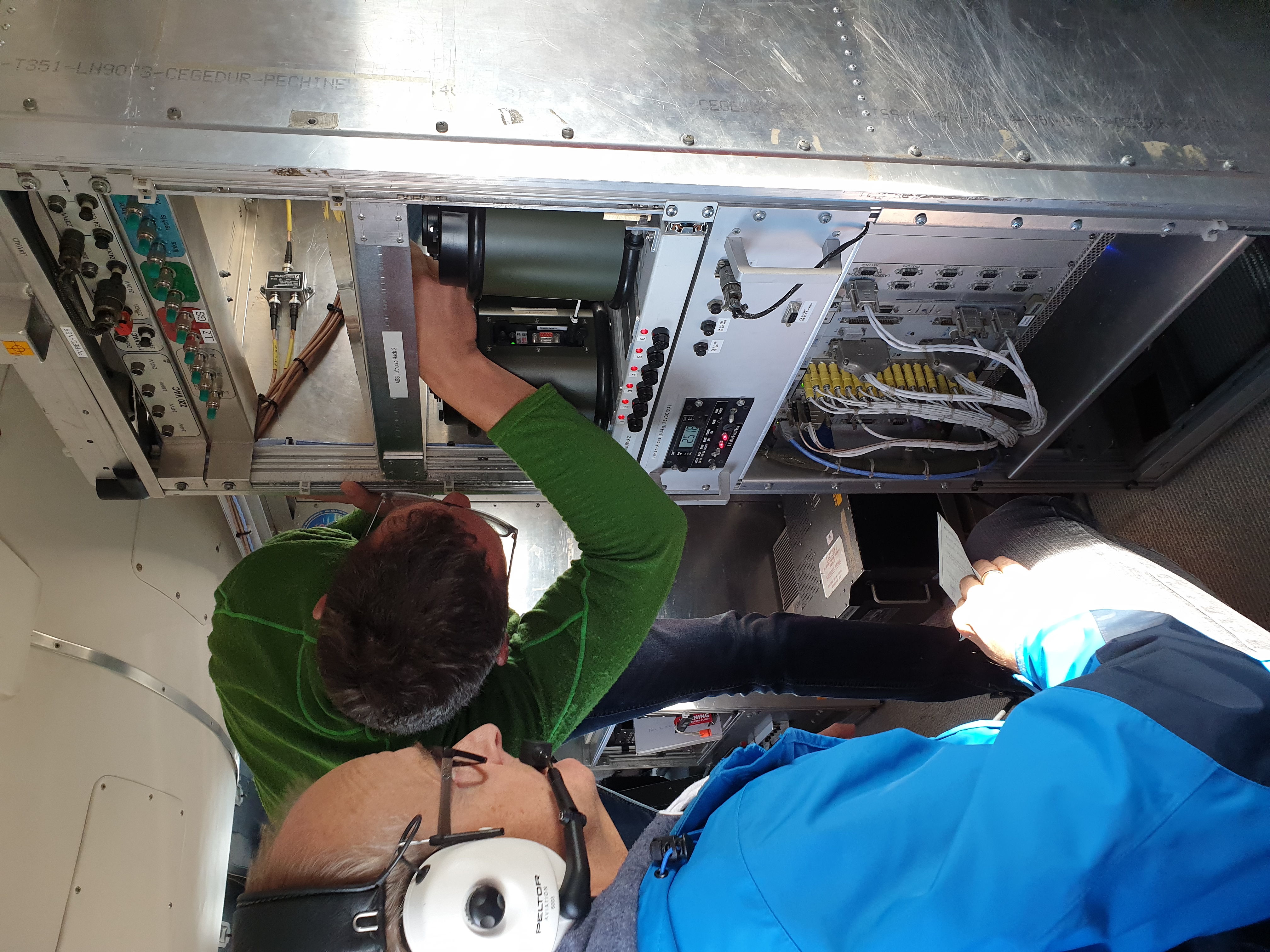
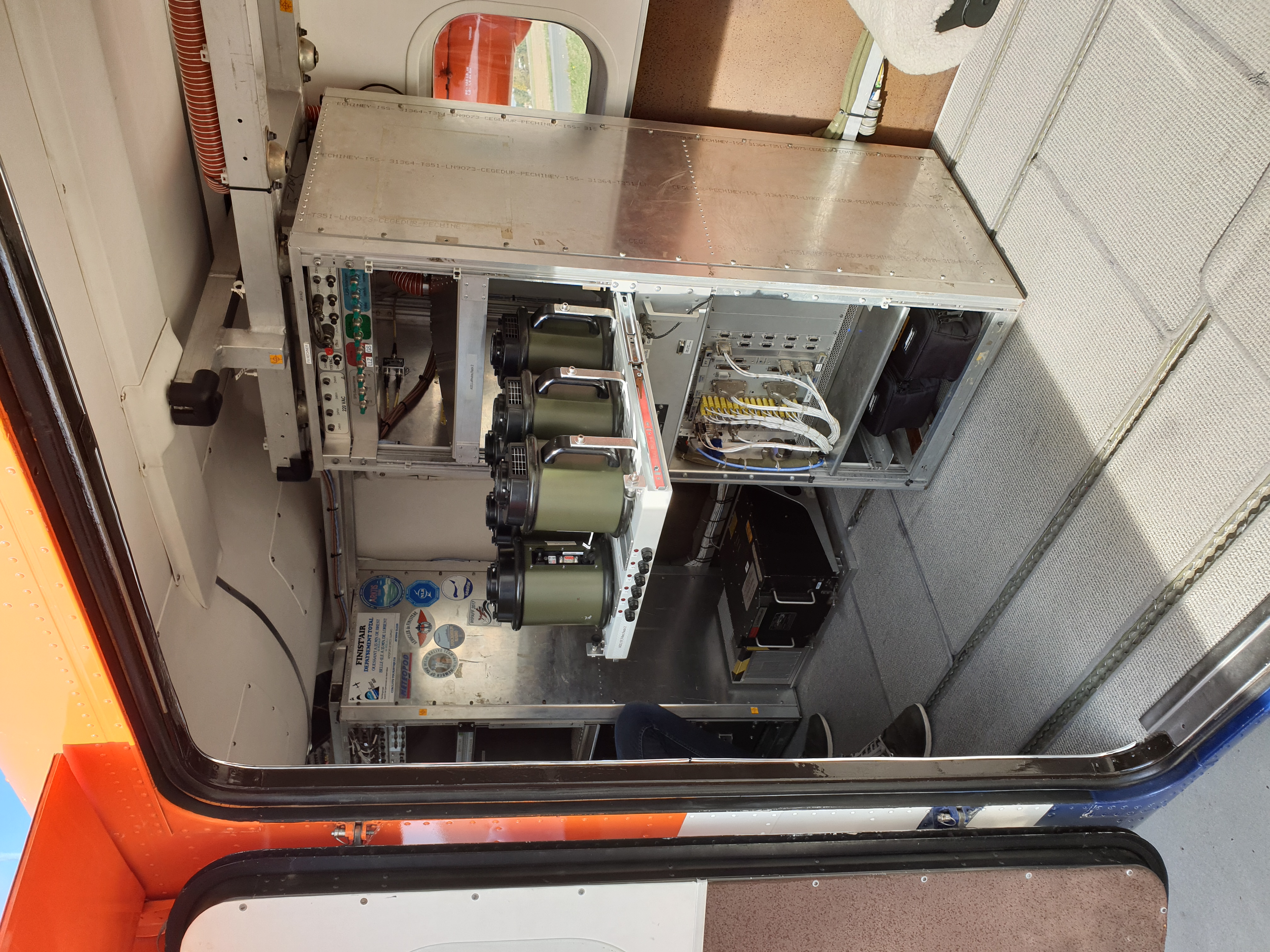
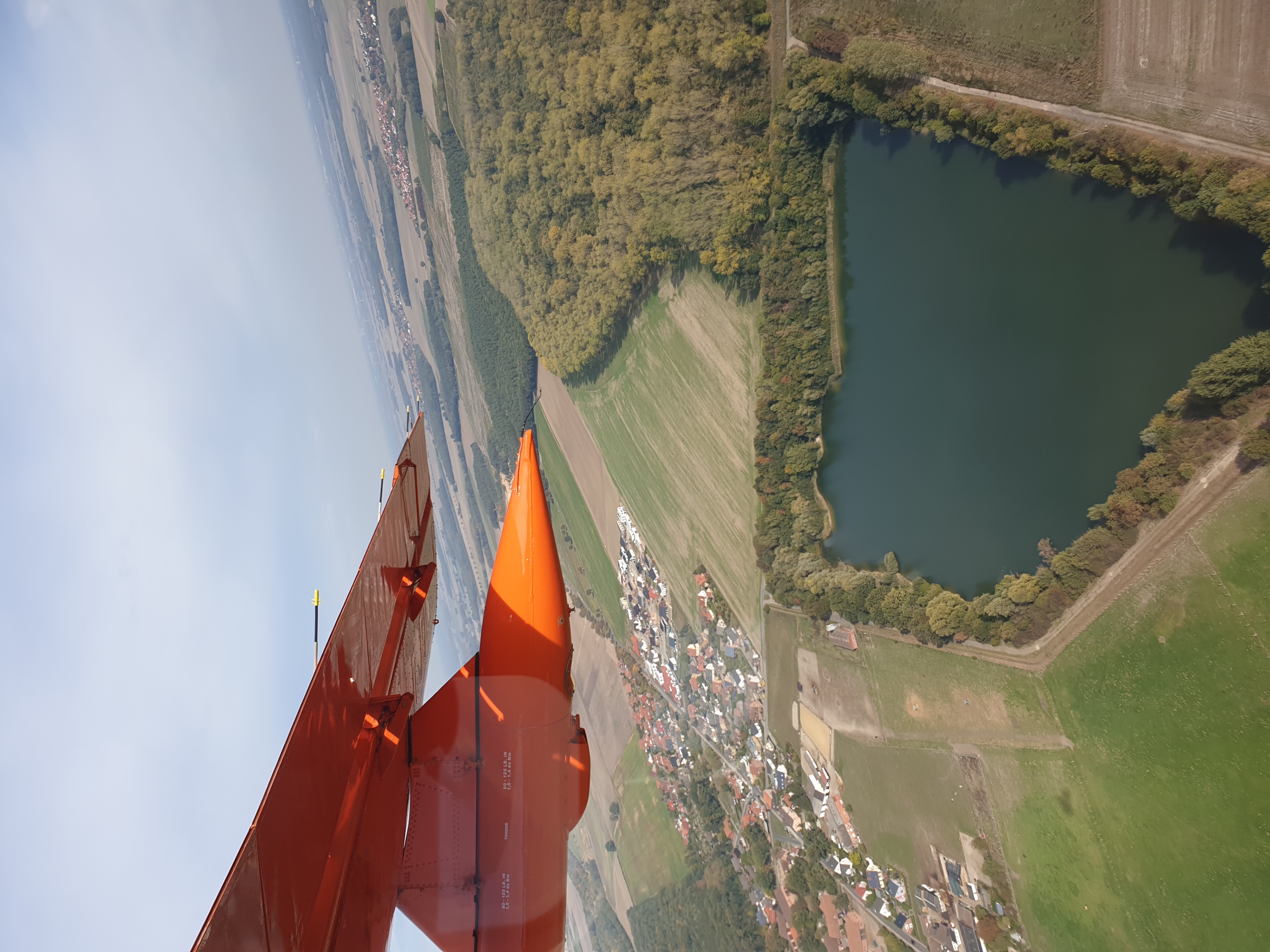



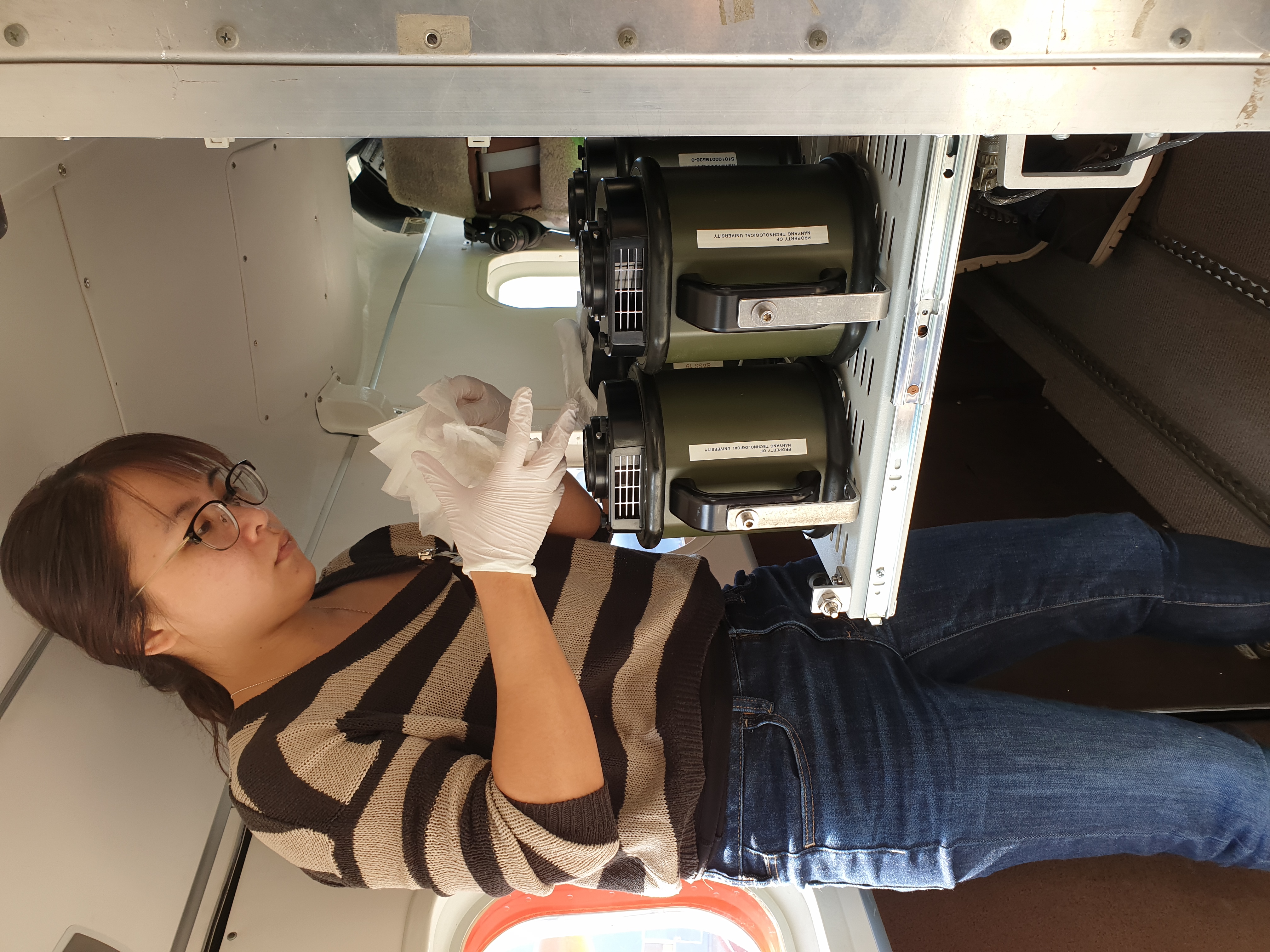
FAQ
Q1: Was there enough genetic material in the air samples to determine what species of microorganisms are present?
We have established in this and previous manuscripts that despite the ultra-low biomass nature of the air samples, we can reliably sequence the microbial species present in air, and can even do so with unprecedented high temporal resolution (~15 min). This technological advancement enabled us to discover the diel cycle of airborne microorganisms on the ground and the vertical stratification of airborne microorganisms in the planet’s atmosphere.
Q2: How many microorganisms were identified through this study in all?
We reliably identified over 10,000 airborne microbial organisms in the vertical air column with high taxonomic precision using metagenomic sequencing and computational analysis of 480 air samples collected at a meteorological tower and research aircraft.
Q3: How did the scientists determine that temperature, not sunlight or humidity or other meteorological parameters, is the single most important parameter that influences the composition of airborne microbial communities?
Sunrise and sunset have drastic effects on the planetary ecosystems. To this effect, every morning after sunrise insurmountable amounts of energy are being pumped into the atmosphere. However, the air is only poorly heated by direct sun light (e.g., interacting with nitrogen and oxygen molecules), in contrast to the rapidly warming planetary surface (terrestrial and aquatic surfaces). As a result, the air masses closest to the surface are heated up the most, subsequently rising to higher altitudes, causing atmospheric turbulence (mixing) in the process. Importantly, planetary air masses above 1,000 metres no longer show day/night temperature differences, resulting in homogeneous air microbiome compositions.
Q4: Is it right to understand that researchers hypothesise that the air microbiome could be affected by global warming?
With increasing temperatures the boundary layer will extended higher into the atmosphere, resulting in ground-based microorganisms being transported to greater heights, resulting in a wider range of distribution. We further show that atmospheric temperature impacts biological processes that control the active release of fungal spores, thereby contributing to strong day/night differences in the composition of airborne microbial communities.
Q5: How will changes in the air microbiome affect aquatic/ terrestrial ecosystems or agriculture?
Changes to the global air microbiome are predicted to significantly impact aquatic and terrestrial ecosystems and therefore are highly likely to also impact the yield of large scale agricultural production sites. Or worded it in a different way, it will become easier for fungal pathogens to be more widely distributed and therefore likely will impact more global food production sites resulting in reductions of crop yields, and possibly livestock disease.
Q6: Could the airborne microbial communities also affect human lives?
At present, we are working with specialist at LKC Medicine at NTU and NUS on the effects of the prevalent Singapore air microbiome on respiratory patients. First results indicate that these patients become sensitized to certain members of the air microbiome. A healthy control cohort in contrast, shows no physiological response to the ambient air microbiome. Any change in the dynamics of airborne microbial communities could impact respiratory health in a currently unknown way of persons suffering from respiratory illnesses.
Q7: How do buildings and other tall structures influence air mixing and community composition?
The answer needs to be two-fold. For one there is a contribution from laminar airflow across the built environment of an urban setting, on the other hand the effects of atmospheric mixing result in a largely homogenous distribution of the air microbiome within the planetary boundary layer. As a consequence, all samples taken up to the 50th floor of a high-rise building in Singapore were within the mixing zone. In addition, air masses investigated at the top and the bottom of a mountain in Switzerland were highly similar due to the air flowing up the rock face of the mountain.
Q8: Now that this study has established a vertical map of the air microbiome below and above the boundary layer, what is next for the research team?
Besides demonstrating the vertical stratification of the air microbiome, this study has shown that the diel cycle (as initially discovered here in Singapore) identically occurs also in temperate climates such as European countries. The team hopes to also investigate the vertical stratification in other environmental settings with equal temporal and taxonomic resolution.